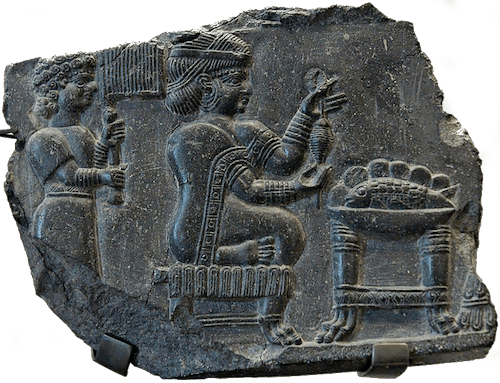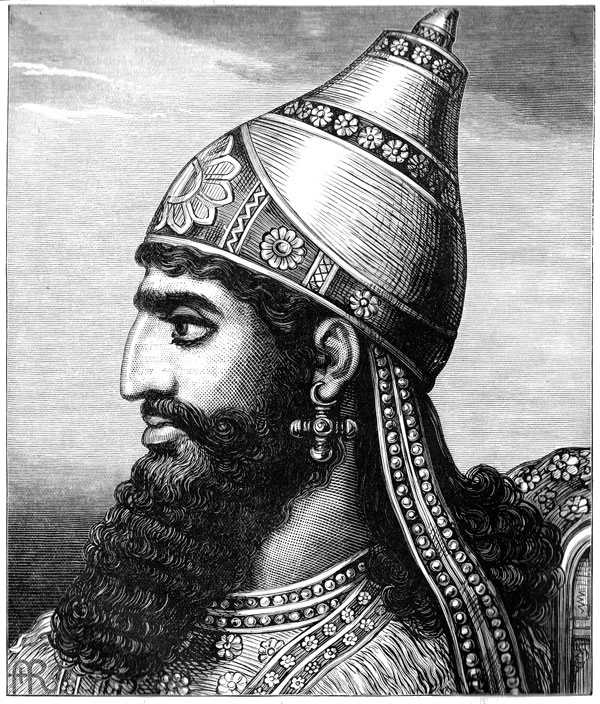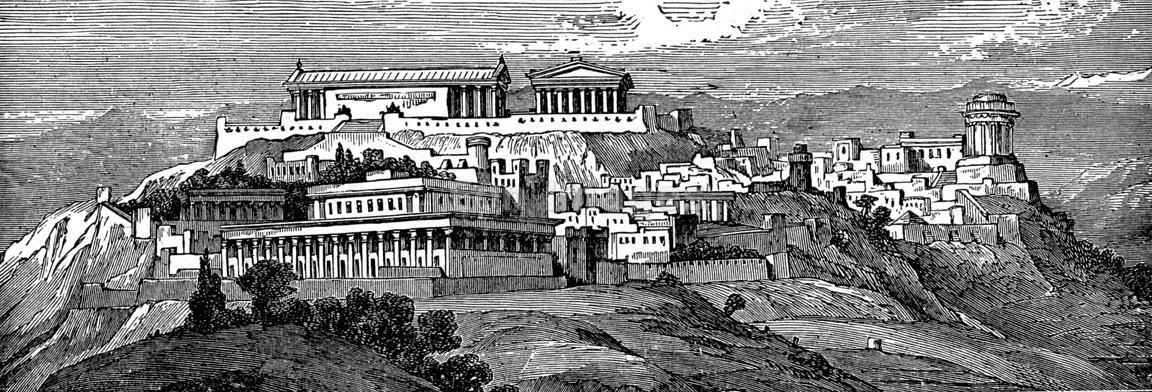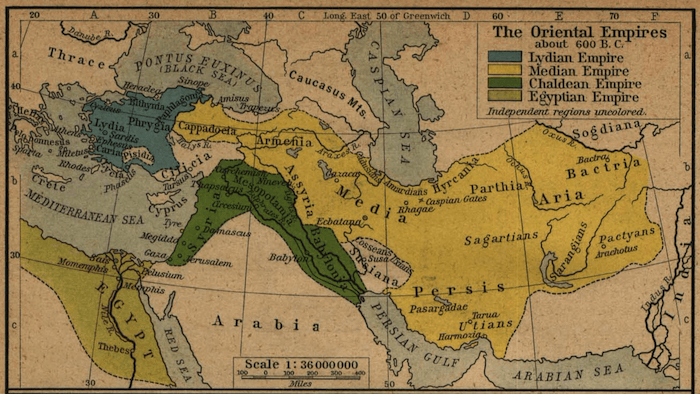Cultures > Neo-Elamite Period
Neo-Elamite Period
Background
During the later portion of the Neo-Elamite Period there was a massive immigration of Indo-European Iranians to the civilization. This helped swell the population of the region and revitalize the civilization of Elam. The major powers during this period were the Assyrian Empire to the north and the Median Empire. It was during this time that the Parsu tribe is first mentioned in 844 BC and began settling down around Lake Urmiah. The Parsu would famously later become the Achaemenid Empire.
In the later half of 800 BC the Elamites joined with the Chaldean tribal leader named Marduk-apla-iddina II in order to try and gain Babylonian independence from ruling Assyria. During this time the Elamite king known as Khumbanigash (743–717 BC) unsuccessfully supported the revolution of Babylonia against Sargon II but did not succeed. The next Elamite king known as Shutruk-Nakhkhunte II (716–699 BC) attempted to launch a military campaign against Assyria in 710 BC but was defeated. Sargon II later defeated Elam once again in 708 BC.

Elamite Tablet
The Elamites would be defeated once again and subjugated under the rule of Sennacherib. The Assyrian king managed to defeat the Chaldeans, Babylonians and Elamites along with expelling Marduk-apla-iddina II from his second attempt at the throne. Sennacherib afterwards put his son Ashur-nadin-shumi in control over Babylon in 700 BC. Shutruk-Nakhkhunte II still managed to remain in power for a few more years but was soon killed by his brother Khallushu who also invaded Babylon and killed Sennacherib's son Ashur-nadin-shumi in 694 BC. Rightfully enraged, Assyria amassed its forces and invaded Babylon, destroying the entire city. Afterwards he set his sights on Elam and decimated their civilization. Khallushu was assassinated for obvious reasons by Kutir-Nakhkhunte who only ruled for a brief period of time before peacefully turning over the throne to Khumma-Menanu III (692–689 BC).

Sennacherib Drawing
The new king of Elam rebuilt the military and joined in on the side of the Babylonians and the Chaldeans during the Battle of Halule in 691 BC.The unique thing about this battle is both sides claim victory but clearly the Assyrians really won based on the outcomes. The following kings Khumma-Khaldash I (688–681 BC) and Khumma-Khaldash II (680–675 BC) both decided to try a different strategy and conquer the city of Sippar as Babylon remained destroyed and it was a much weaker power.
When Esarhaddon took the throne one of the Elamite governors named Nabu-zer-kitti-lišir tried to revolt against Assyria and took the ancient city of Ur. He was pushed out of the city by the Assyrians and fled back to Elam where he was killed by his own people. The next king to take power in Elam was named Urtaku (674–664 BC) whose rule coincided with the rule of Ashurbanipal. While initially the relations between both kings were friendly however, this was only temporary. Elam would try and attack Assyria with Urtaku falling on the battlefield.

Susa Drawing
Urtaku's successor was a man named Tempti-Khumma-In-Shushinak (664–653 BC) who launched attacks into Assyria that were ultimately unsuccessful. Following the Battle of Ulai in 653 BC the Elamite king was killed and Susa itself was sacked and invaded. The Assyrians probably would have continued to occupy the territory further but their vassal state Media was attacked by the Scythians under the rule of Madius and this probably forced them to move most of their military north.
During this time the son of Achaemenes named Teispes conquered Elam and the city of Anshan. This would eventually form the foundation for the later Achaemenid Empire. Originally they paid tribute to the Assyrians along with Media, Mannaeans, and the Persians all up until the collapse of Assyria.
The Assyrians would successfully repel the Scythians from Media and the groups of the Persians, Medes and Parthians remained under their control. By 647 BC the Assyrian king Ashurbanipal had grown tired of the Elamite attacks into his territory. Following the Battle of Susa the Elamite civilization was devastated. A tablet unearthed by Henry Austin Layard in 1854 said the following about the destruction.
"Susa, the great holy city, abode of their Gods, seat of their mysteries, I conquered. I entered its palaces, I opened their treasuries where silver and gold, goods and wealth were amassed...I destroyed the ziggurat of Susa. I smashed its shining copper horns. I reduced the temples of Elam to naught; their gods and goddesses I scattered to the winds. The tombs of their ancient and recent kings I devastated, I exposed to the sun, and I carried away their bones toward the land of Ashur. I devastated the provinces of Elam and on their lands I sowed salt."
There was a quick succession of several Elamite kings during this period who were all either assassinated or overthrown. Some were captured by the Assyrians including the last Elamite king known as Khumma-Khaldash III who was deposed in 640 BC. The civilization of Elam was partially destroyed once again with rule being claimed later by Shuttir-Nakhkhunte. During this time there was no unified Elam civilization like had existed before, instead it was fragmented city-states that had survived the destruction of the Assyrians that persisted.
The following Elamite kings known as Khallutush-In-Shushinak and Atta-Khumma-In-Shushinak ruled over fragmented city states but were constantly threatened by Assyrian power in the north. However, upon the death of Ashurbanipal the Assyrian Empire began to fall apart and various regional powers began to assert their independence around 627 BC. The Medes, Persians and Parthians rebelled right away and in 616 BC declared themselves independent of Assyria.

Mesopotamian Empires 600 BC - Historical Atlas (1923)
During this time the city-states of Elam was conquered by the Median Empire under the rule of Cyaxares. Under Cyaxares the Elamites would participate in the alliance with the Chaldean leader named Nabopolassar who later went on to conquer Babylonia. By 605 BC the alliance had taken over all of Assyria. Following the alliance victories are Kalakh/Calah in 616 BC, Ashur in 613 BC, Ninveh in 612 BC, Harran in 608 BC and Carchemish in 605 BC, Elam would officially be incorporated within the Median Empire. The following Elamite kings of Khumma-Menanu and Shilhak-In-Shushinak II never claimed any territory and the final ruler before being conquered by the Persians was named Tempti-Khumma-In-Shushinak.